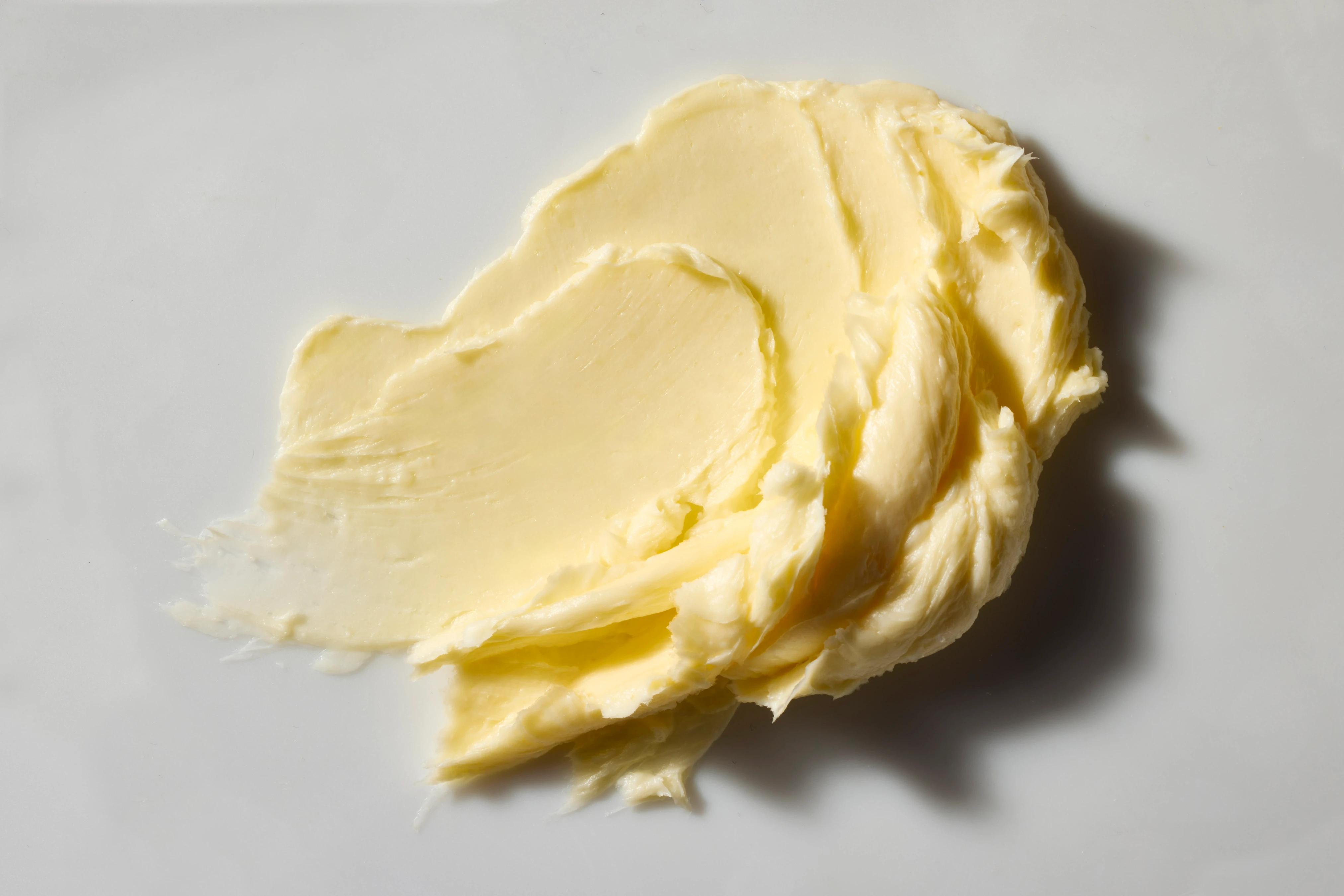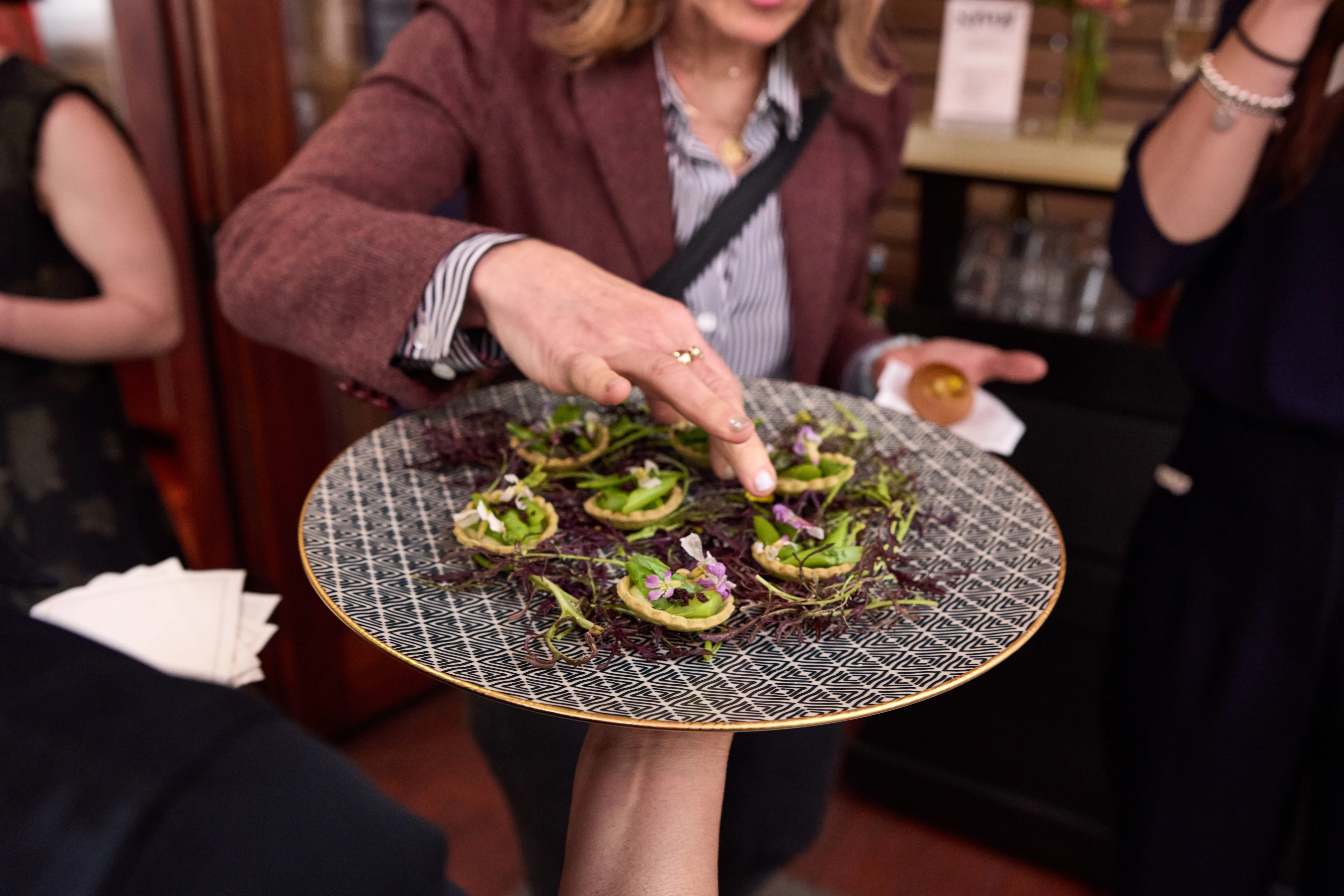Chefs have long existed at the forefront of food system evolution. Running a kitchen demands innovation to seek out fresh flavors while adapting to ongoing shifts in product availability. Today, chefs are navigating the challenge of sourcing more sustainable ingredients without sacrificing culinary performance. It's against this backdrop that Savor is developing entirely new ways of creating fats that can provide the best of both worlds.
Atelier Crenn was first awarded three Michelin stars in 2019. In the years since, the beloved San Francisco restaurant has retained dining’s highest honor while reimagining its menu around increasingly ambitious visions of sustainability and environmental stewardship. This evolution included removing dairy and, in the process, its iconic brioche from the menu. Without a viable workaround for a recipe consisting of 70% butter, Chef Pâtissier Juan Contreras found new ways to create pastries worthy of the restaurant’s reputation. Nevertheless, the brioche’s absence lingered.
In late 2023, the Savor team reached out to Chef Juan with an idea. Our prototype butter was outperforming other non-dairy butters, and we decided it was time to test it in the hands of a master. Chef Juan was eager to explore more sustainable ways to create world-class pastries, making the collaboration a natural fit. He and his team set out experimenting and offering feedback on multiple iterations of the butter. After a year of ongoing development, Chef Juan was able to realize his goal of resurrecting the signature brioche with Savor butter.
Fats are the delicious part of most foods. They add the texture and mouthfeel,” Chef Juan describes. “We want to push the limits of the product. This brioche is buttery and airy with an amazing crumb texture. It’s gotten to the point where it’s pretty much just like working with dairy butter. If I was served this at a restaurant, I would think it’s just regular butter.
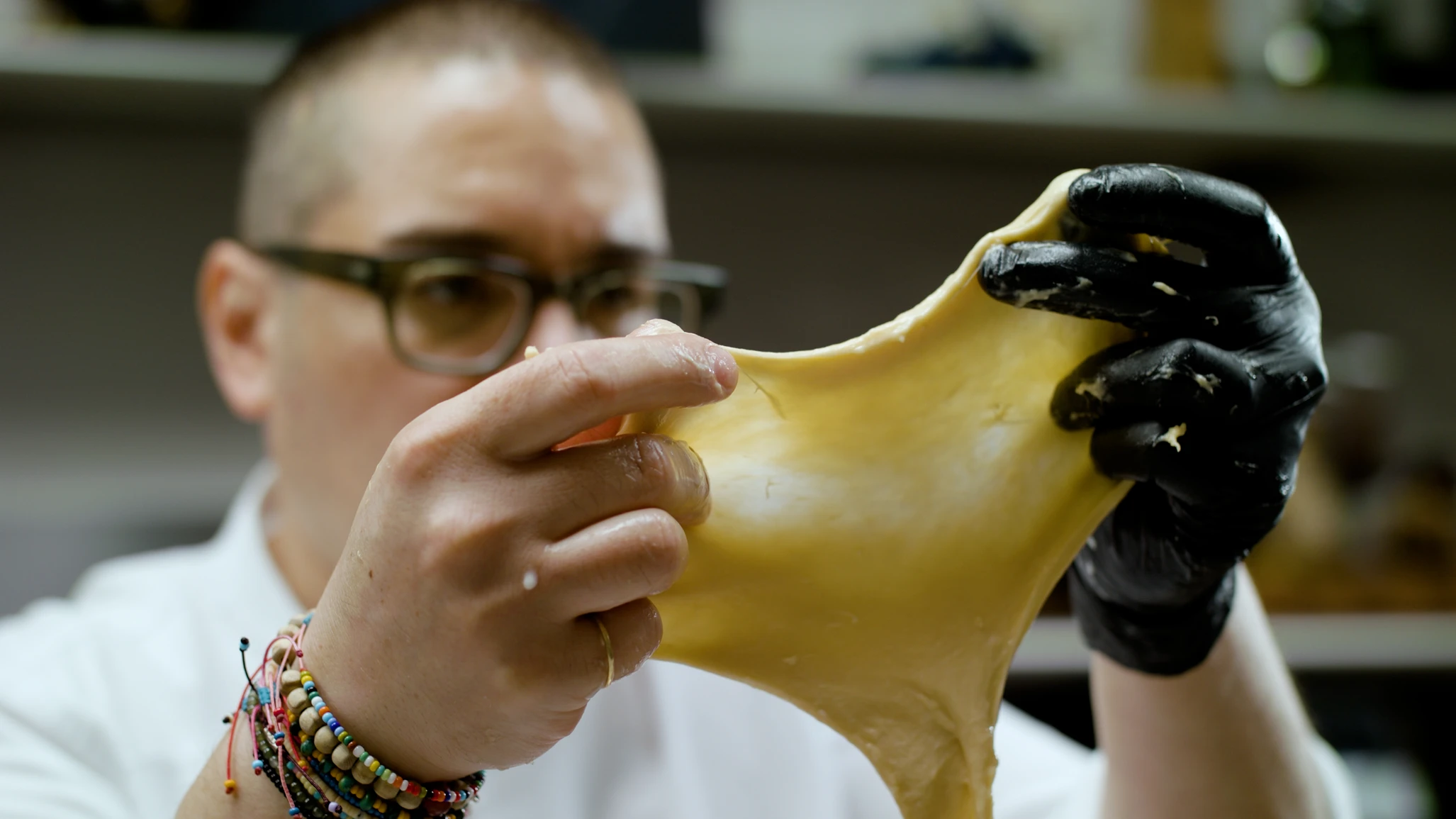
Of all the fats to choose from, we started with butter for a simple reason: it’s challenging. Really challenging. The milkfats that make up butter are chemically complex, and at 80-82% fat, butter leaves no place to hide. Plus, it’s culturally loaded and has a massive range of applications from savory to sweet. As we set out to create functional, delicious fats that lessen the burden on Earth’s most precious resources, it was clear there was no better starting point than butter.
One of dairy butter’s superpowers is its broad melting profile. From ever-so-slightly soft in the refrigerator to perfectly spreadable at room temperature and finally melting in the mouth, butter takes its time on the way to coating our tastebuds with flavor-carrying fats. This super-slow melting is what creates butter’s signature creamy mouthfeel, and as anyone who has tried butter alternatives can attest, it isn’t an easy quality to replicate.
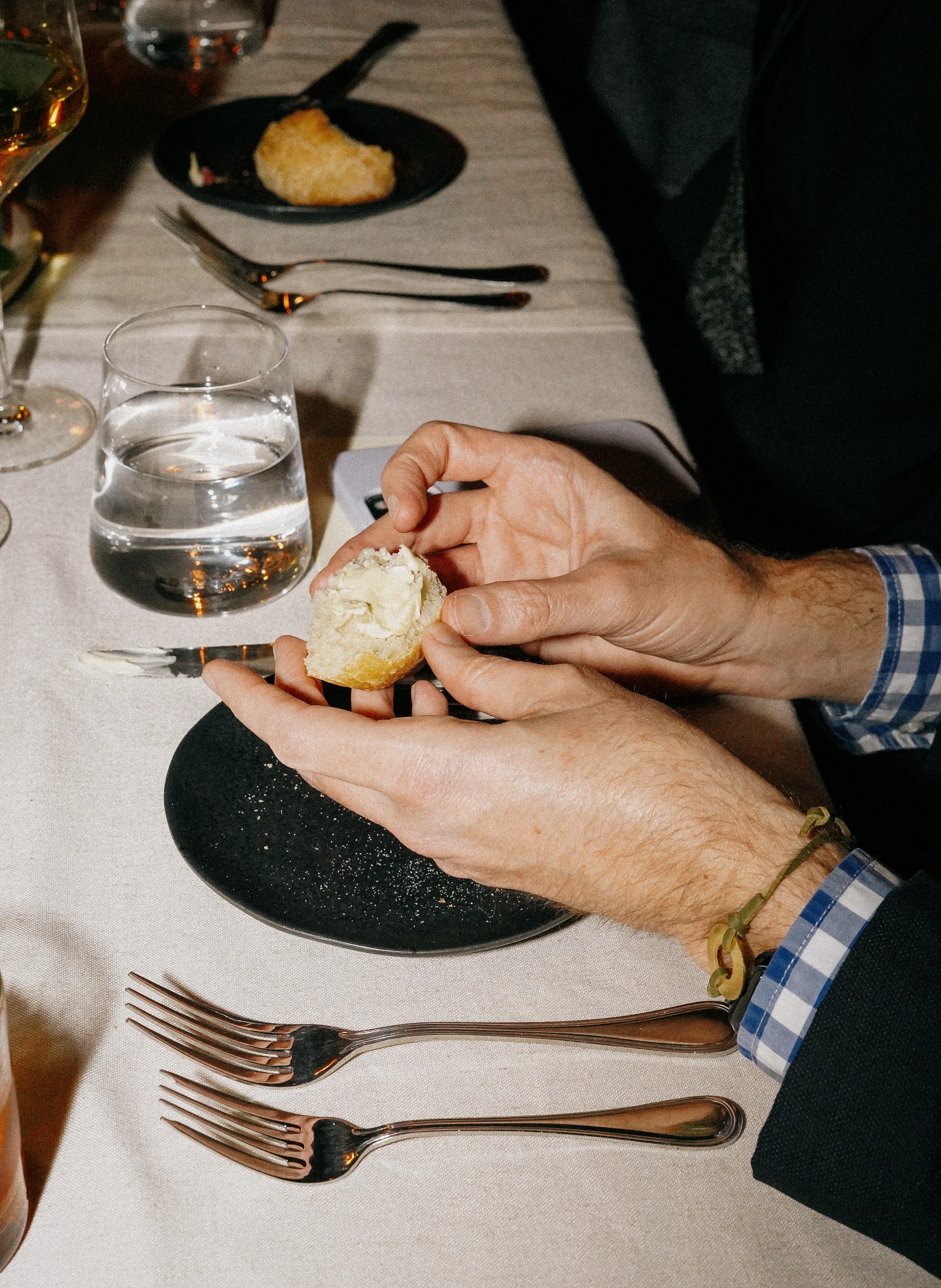
To make butter with a functional melting profile and satisfying mouthfeel, we set our sights on pastry lamination as the gold standard use case. Consistently laminating pastry dough to make croissants or puff pastries requires butter that melts slowly enough to maintain an ideal consistency while it’s rolled out between multiple thin layers of dough.
“Our butter has a wide range of fatty acids, which creates a broader melting curve and creamier mouthfeel than plant-based butters,” explains Sydney Schreppler, Savor’s Director of Product and R&D. “Continued development has resulted in a more flexible temperature range of workability, and we see the results in beautiful, laminated pastries made by bakers who tell us Savor butter is much easier to work with than other non-dairy butters.”
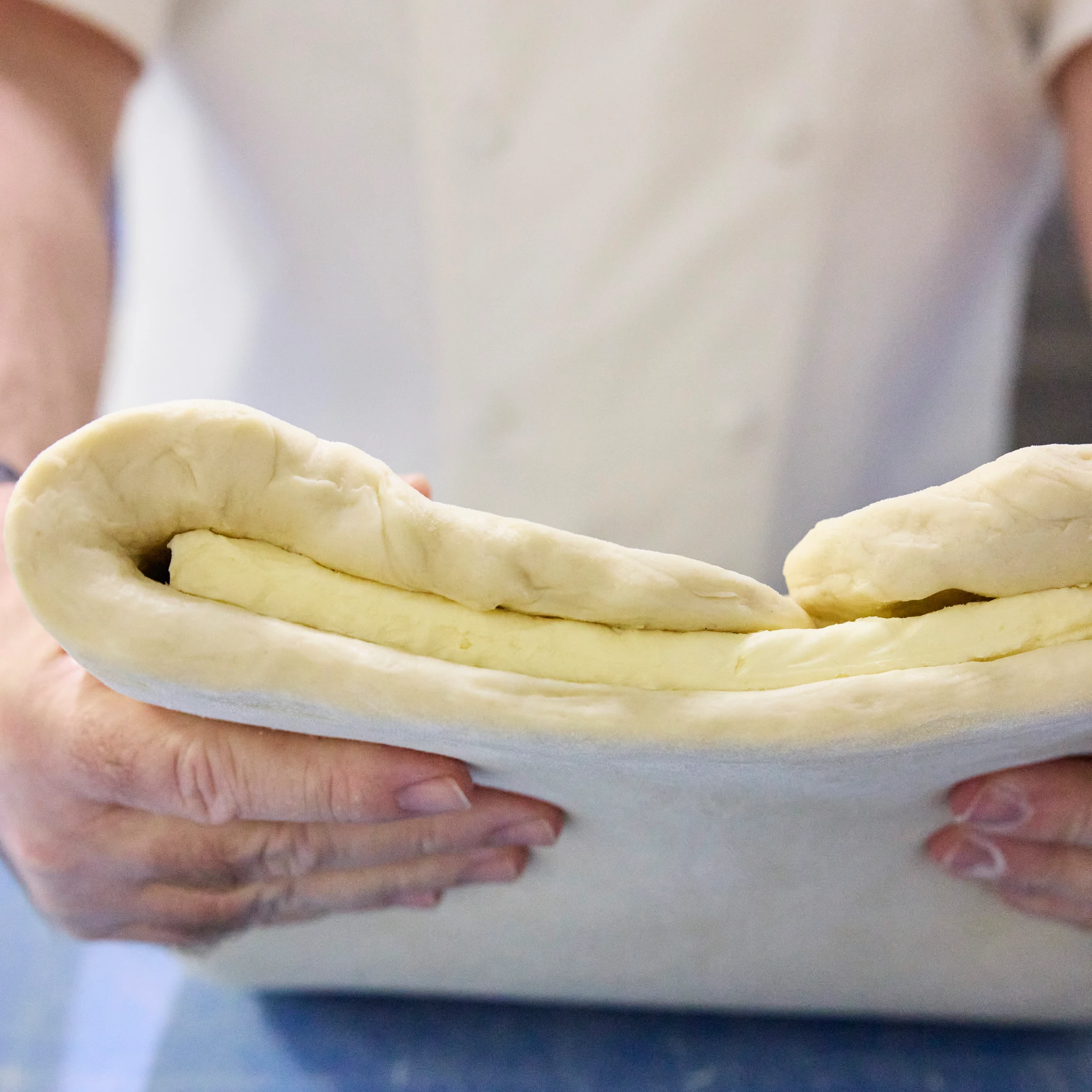
In addition to a melting range and texture that mimic traditional butter, Savor butter is made with a neutral taste profile to function as a true vehicle for flavor. In both savory and sweet applications, this butter is the ultimate team player, elevating other ingredients as it melts into a velvety oil on the tongue. Simply put, cooking with fat that begins as a blank canvas allows whatever is being cooked to taste even more like the best version of itself.
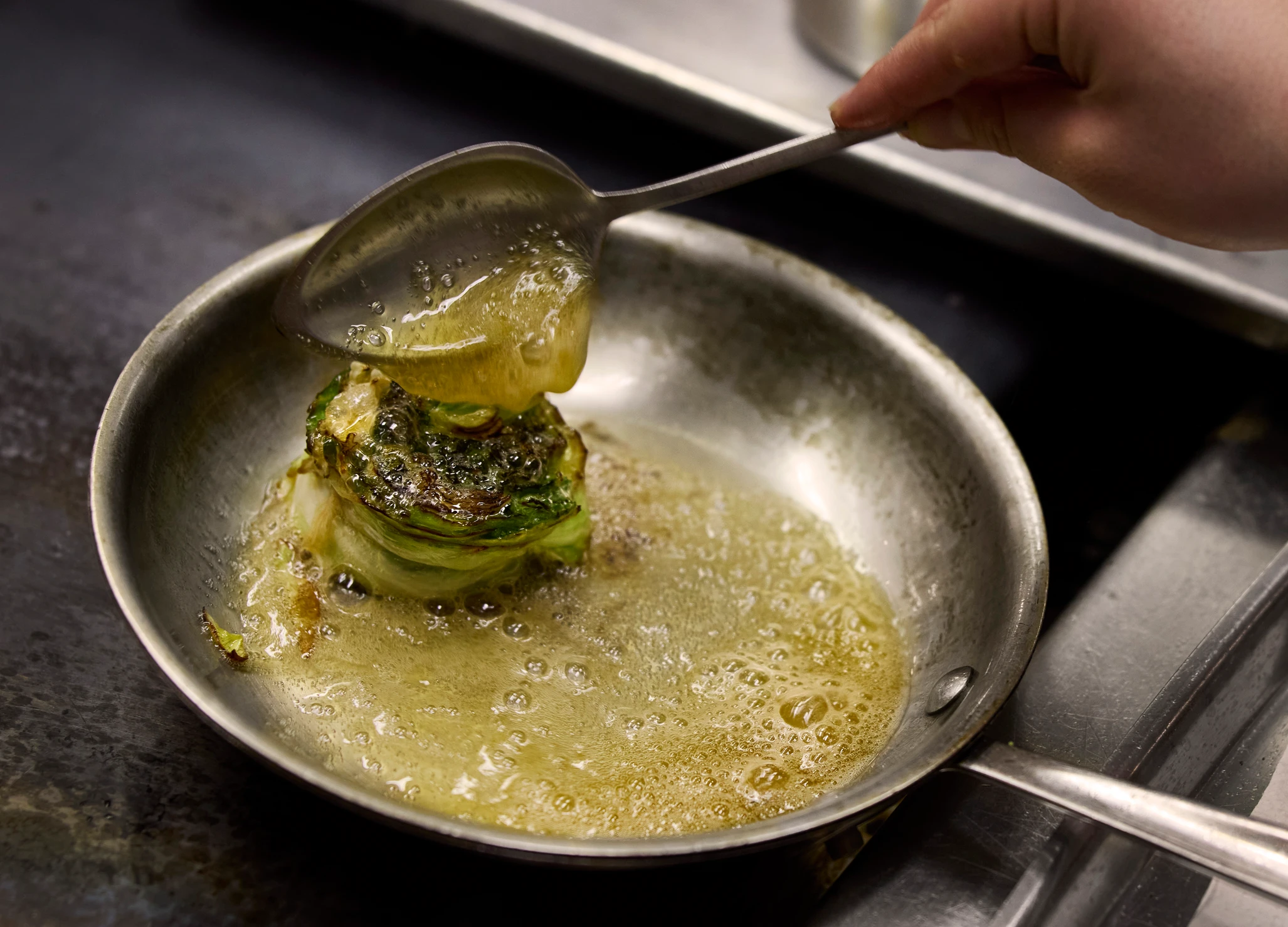
Underlying our butter’s delicious performance is a scientific process capable of empowering a new paradigm in food. By creating fats without crops or cows, we can drastically reduce the land, water, and fertilizer needed for the agricultural production of fats, which at present accounts for 7% of the planet’s greenhouse gas emissions. It’s a massive goal, but with ingredients that don’t require a tradeoff on taste or performance, we believe it’s within reach.
As guests of this planet—and especially if you’re going to work in this industry—we have an obligation to be better and work with people who want to make a difference. -Chef Juan Contreras
